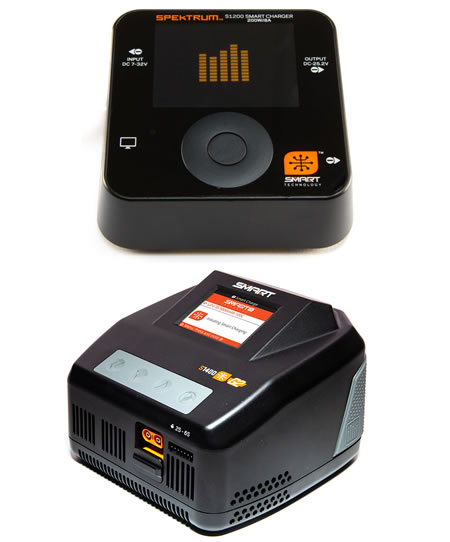Zvezda 1/100 Soviet T-80 (WWII) # 6295
The Soviet T-80 was a light tank developed during World War II, intended to provide infantry support and reconnaissance capabilities.
It was an evolution of the earlier T-70 light tank, aiming to address some of its predecessor’s limitations.
Development and Design: The T-80 was designed by the Gorky Automobile Plant (GAZ) under the leadership of engineer Nikolai Astrov.
It was conceived in 1942 as an improvement over the T-70, incorporating better armor, a more powerful engine, and a two-man turret to enhance combat effectiveness and crew coordination.
Specifications:
Weight: Approximately 11.6 tons
Crew: 3 (commander/gunner, loader, driver)
Armor: Up to 45 mm of sloped armor, providing decent protection against small arms fire and shrapnel.
Armament:Main Gun: 45 mm 20-K anti-tank gun, capable of engaging light armored vehicles and fortifications.
Secondary Armament: 7.62 mm DT machine gun, used for anti-infantry and anti-aircraft purposes.
Engine: GAZ-203, a 6-cylinder, 85 hp gasoline engine providing a top speed of around 45 km/h (28 mph).
Mobility: The T-80 had good off-road capabilities, with a range of approximately 350 km (217 miles) on road, making it suitable for reconnaissance and rapid maneuvers.
Operational Use:
The T-80 saw limited production, with only about 75 units built due to the shifting priorities of Soviet tank production towards more heavily armed and armored medium and heavy tanks like the T-34 and KV series.
Despite its limited numbers, the T-80 was deployed in various roles:
Infantry Support: Its main gun and machine gun were effective against enemy infantry and light vehicles, providing crucial support during offensives.
Reconnaissance: The tank's speed and relatively light weight allowed for rapid movement and scouting missions.
Urban Warfare: Its small size and maneuverability made it suitable for fighting in cities and towns, where larger tanks struggled.
Combat Performance: The T-80 performed adequately in its intended roles but was overshadowed by the more versatile and numerous T-34 medium tank. Its 45 mm gun, while useful against light armor, was increasingly inadequate against the more heavily armored German tanks encountered later in the war. Nonetheless, the T-80’s improved crew ergonomics and coordination were appreciated by its operators.
Legacy:
The T-80’s impact on the war was limited due to its small production run and the rapid evolution of armored warfare. However, it represented an important step in Soviet tank design, focusing on crew efficiency and vehicle reliability. Lessons learned from the T-80 contributed to subsequent developments in Soviet armored vehicles.

















 Spread the cost with Paypal Credit
Spread the cost with Paypal Credit
 Spread the cost with Klarna
Spread the cost with Klarna









